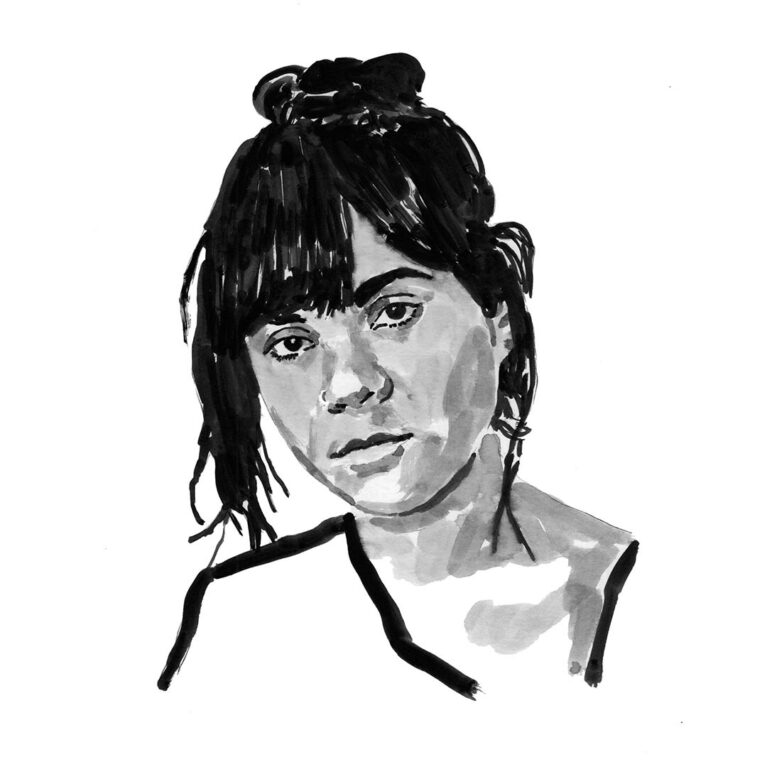Glorimar Franqui-Rivera

Who I am
My love for sharks has been stronger than for any other sea creature, despite the fact that my first meeting with such a mighty creature was less than auspicious. My father and his family have always been keen fishers, out of necessity and for sport, and it was this that led to my first encounter with a shark. It was lying on a table, dead, waiting to be chopped into pieces and sold. I marvelled at how such a strong and feared animal could appear so weak and helpless. It looked, quite literally, out of its element. To this day, I believe that that specific moment ignited in me a desire to work for sharks – not to hurt these creatures, but to protect them. After that, it seems that every time anyone asked me about my future career, my answer was always the same: ‘I want to study and protect sharks.’ It was as simple as that.
Where I work
I work in Puerto Rico, one of the islands of the Greater Antilles in the Caribbean. Its population, being islanders, depends on tourism and fishing. The construction of housing, hotels and restaurants too close to marine resources has caused significant damage to the coast, but the local community lacks environmental information and does not understand the importance of marine ecosystems. Because of this, part of my job at Puerto Rico Sea Grant is to educate Puerto Ricans about harmful impacts on the natural environment around us.
What I do
There is little information about the distribution, ecology and species diversity of sharks and rays in Puerto Rico and equally little about fishing patterns for these species. It is widely accepted that most of the island’s residents catch and consume sharks, probably as a result of the lack of education about the importance of these apex predators. Fishers indiscriminately catch and sell any elasmobranch species they catch. Most of them have minimal formal education (they drop out of school to become artisanal fishers) or they have no access to technology or formal classroom training that would enable them to learn about the marine ecosystem. One of the main objectives of my job is to find out which shark and ray species are being caught and consumed in Puerto Rico, and I use molecular tools and morphological identification to do so. I also need to find out how the community feels about sharks and have been engaged in outreach and conducting workshops to promote shark conservation.
